- Xinjiang -
China's largest province, Xinjiang is the homeland of the Muslim Uyghurs and a fast-changing region where ancient and modern grind up against each other in surprising ways. High-speed railways cross the Martian landscapes linking cities in hours rather than days, and the regional capital Urumuqi is a forest of high-rise apartments and glass skyscrapers; while in parts of the Silk Road oases of Kashgar, Hotan and Turpan, life goes as it has for centuries, based around the mosque, the tea house and the bazaar.
Xinjiang is increasingly attracting visitors for its extraordinary natural beauty and fascinating Central Asian history and culture.
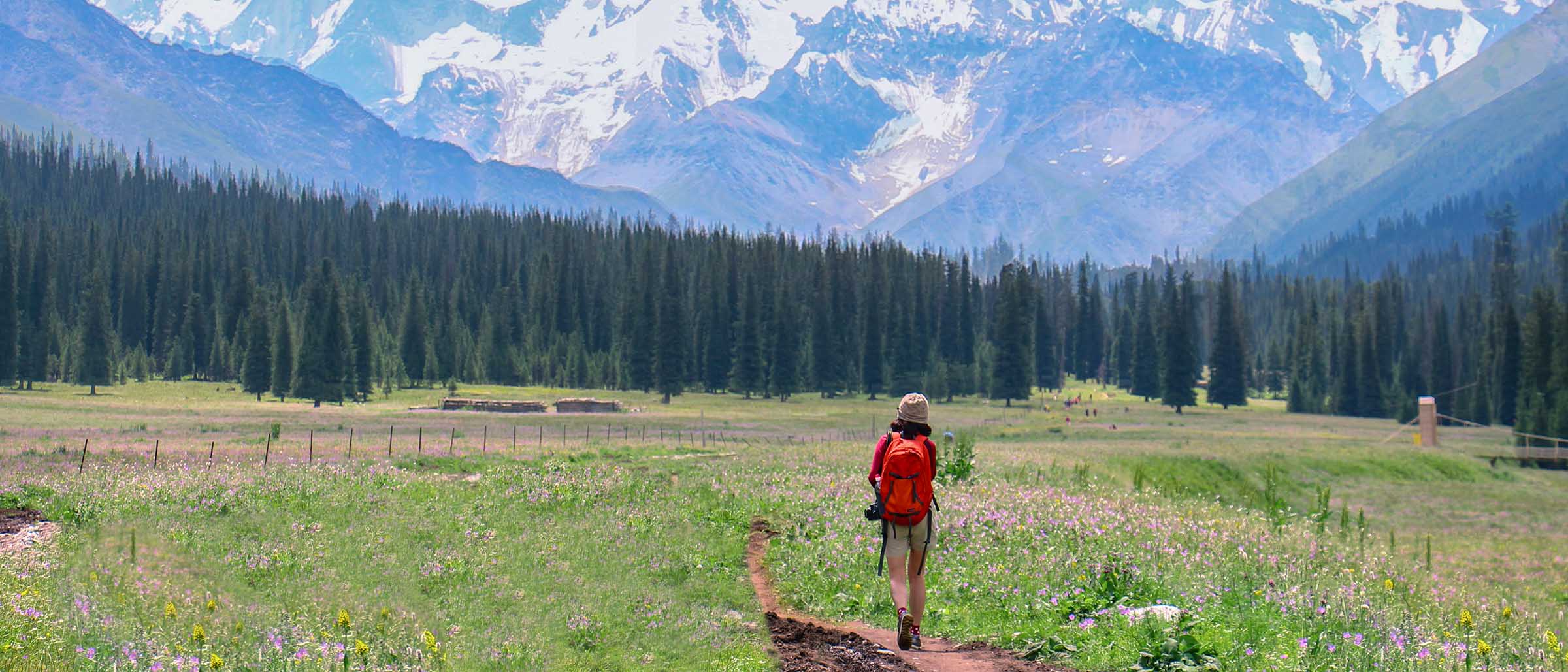
Basic Information
Chinese Name: 新疆( Xin Jiang )
Administration Type: Autonomous Region
Provincial Capital: Urumqi
Location: North western of China, bordered by eight countries including the former Soviet Central Asian republics, Mongolia, Afghanistan, Pakistan and India.
Area: Xinjiang spans over 1.6 million km2 (640,000 square miles)
Population: The 2010 census shows Xinjiang as having 21.82 million people.
Major Ethnic Group: Uyghur, Han, Kazakhs, Tibetans, Hui, Tajiks.
Famous Cities: Urumuqi, Turpan, Kashgar, Altay.
Xinjiang Geography
Xinjiang is the largest political subdivision of China—it accounts for more than one sixth of China's total territory and a quarter of its boundary length. Xinjiang is mostly covered with uninhabitable deserts and dry grasslands, with dotted oases at the foot of Tian Shan, Kunlun Mountains and Altai Mountains. The inhabitable oasis accounts for 9.7% of Xinjiang's total area by 2015.
Xinjiang is young geologically. Collision of the Indian and the Eurasian plates formed the Tian Shan, Kunlun Shan, and Pamir mountain ranges. Xinjiang is a very active earthquake zone. Older geological formations are located in the far north, where the Junggar Block is geologically part of Kazakhstan, and in the east, where is part of the North China Craton.
Xinjiang Climate
A semiarid or desert climate prevails in Xinjiang. The entire region has great seasonal differences in temperature with cold winters. The Turpan Depression recorded the hottest temperatures nationwide in summer,with air temperatures easily exceeding 40 °C (104 °F). Winter temperatures regularly fall below −20 °C (−4 °F) in the far north and highest mountain elevations.
Continuous permafrost is typically found in the Tian Shan starting at the elevation of about 3,500–3,700 m above sea level. Discontinuous alpine permafrost usually occurs down to 2,700–3,300 m, but in certain locations, due to the peculiarity of the aspect and the microclimate, it can be found at elevations as low as 2,000 m.
Xinjiang Religion
The major religions in Xinjiang are Islam among the Uyghurs and the Hui Chinese minority, while many of the Han Chinese practice Chinese folk religions, Taoism, Confucianism and Buddhism. According to a demographic analysis of the year 2010, Muslims form 58% of the province's population.Christianity in Xinjiang is the religion of 1% of the population according to the Chinese General Social Survey of 2009.
A majority of the Uyghur Muslims adhere to Sunni Islam of the Hanafi school of jurisprudence or madhab. A minority of Shias, almost exclusively of the Nizari Ismaili (Seveners) rites are located in the higher mountains of Pamir and Tian Shan. In the western mountains (the Pamirs), almost the entire population of Pamiris, (Sarikolis and Wakhis) are Nizari Ismaili Shia. In the north, in the Tian Shan, the Kyrgyz and Kazakhs are Sunni.
Afaq Khoja Mausoleum and Id Kah Mosque in Kashgar are most important Islamic Xinjiang sites. Emin Minaret in Turfan is a key Islamic site. Bezeklik Thousand Buddha Caves is a noticeable Buddhist site.
Xinjiang Cuisine
As the largest autonomous region in China, Xinjiang boasts substantial contingencies of different ethnic groups and is well-known for its Central Asian flair. Its cities are dominated by the Uyghur ethnic minority, as well as several other Muslim groups such as the Hui and Dongxiang people, meaning the food is predominantly halal and there is a marked lack of pork compared to other parts of China. In many ways, the cuisine in Xinjiang differs from the rest of the country and is distinctly non-Chinese. Roasted mutton, thickly fragrant spices, and sugary sweet desserts take centre stage when it comes to its signature dishes.
Since many of the cities within Xinjiang were once oasis towns along the Silk Road, they felt the influence of other ethnic groups most profoundly and have cherry-picked features of their cuisine, incorporating techniques and flavours from the Tibetans, Mongolians, Persians, Turkish, and numerous other nationalities. These have all come together to form a stunning mosaic of Chinese, Central Asian, and Middle Eastern qualities. Liberal use of seasonings like cumin, chilli powder, cinnamon, garlic, and saffron sets Xinjiang cuisine apart from other styles throughout China.
Xinjiang cuisine reflects the cooking styles of many ethnic groups of the Xinjiang region, and refers particularly to Uyghur cuisine. Signature ingredients include roasted mutton, kebabs, roasted fish, and rice.Because of the Muslim population, the food is predominantly halal.
Folk Festivals
Corban Festival (Muslim People)
Corban is an important festival for Muslims. Corban Festival is also called Zaishengjie while the Hui people call it Zhongxiaojie (festival of faith and obedience). It comes 70 days after the Feast of the Fast Breaking, or the tenth day of the second month in the Islamic calendar. The festival bears the meaning that disciples will devote everything to show their obedience and faith to Allah.
Grape Festival (Uygur People)
The Grape Festival is not just an ode to Turpan`s most important agricultural product, but a chance to celebrate the local way of life. Expect plenty of cultural treats in this remote corner of Xinjiang China. This oasis town in Eastern Xinjiang is picturesquely covered in vine trellises, shading the friendly locals from some of the fiercest heat in China. Almost every household has a hand in the grape business and the markets are full of sweet dried raisins. Its a relaxing place where donkey carts still outnumber cars, but it livens up in April each year.
Eid ul-Fitr (Muslim People)
Eid ul-Fitr often abbreviated to Eid, is a three-day Muslim holiday that marks the end of Ramadan, the Islamic holy month of fasting (sawm). The holiday celebrates the conclusion of the thirty days of dawn-to-sunset fasting during the entire month of Ramadan. The first day of Eid, therefore, falls on the first day of the month Shawwal.
Nowruz Festival
Nowruz Festival is celebrated as the traditional New Year for Uyghurs, Kazaks, Kirgiz, and Uzbeks in China’s Xinjiang region. It is celebrated around March 21st, which is the first day of spring, and the beginning of the year on the Iranian calendar. This festival is celebrated in many countries like Iran, Afghanistan, Kurdish regions of Iraq, Turkey and central Asian countries. It marks the beginning of the planting season. There are several traditional activities that the people take part in. In one activity, the head of the family waves burning pine and fir branches over the heads of the family. There is a traditional Nowruz porridge, “Harach” that is made from many ingredients that is served at lunch. There are many different traditional performances and celebrations that include singing, dancing, wrestling, and acrobatics.
Kalajun Scenic Spot
Chinese name: 喀拉峻景区(Ka La Jun)
Location: Tekes County, Ili Prefecture, Northwest Xinjiang Province.
Ticket: Entrance ticket of Kalajun Grassland CNY70.00, sighsteeing bus CNY70.00, Koksu Canyon Entrance ticket CNY35.00, sightseeing bus CNY40.00, boating CNY80.00
Estimated tour time:1day
Recommended time to visit: Jun to Aug
Nearby attractions: Qiongkushitai Village, Nalati Grassland, Xiata Canyon.

Kalajun Scenic Spot lies deep in the midst of Tianshan Mountains. Forests, grassland, snow-capped mountains, glaciers, canyons, rivers, lakes, all come together here, as if in a painting. The scenic spot lies under blue skies; with slowly moving white clouds passing over snow-capped peaks, white yurts of herders, flocks of sheep and goats moving in green pastures, dark green primeval forests and deep canyons.
Kalajun is located in Tekes County of Ili Prefecture, Northwest Xinjiang. The county is famous for its eight-diagram-shape. ‘Kalajun’ means “wild grassland on the ridge” in Kazakh language. It has become one of the four key sites of, “Xinjiang Tianshan World Natural Heritages,” in UNESCO’s list and one of the national 5A-level scenic spots. It consists of five parts: East Kalajun, West Kalajun, Koksu Grand Canyon, Heavenly Forest, and the snow peaks of middle Tianshan Mountains.
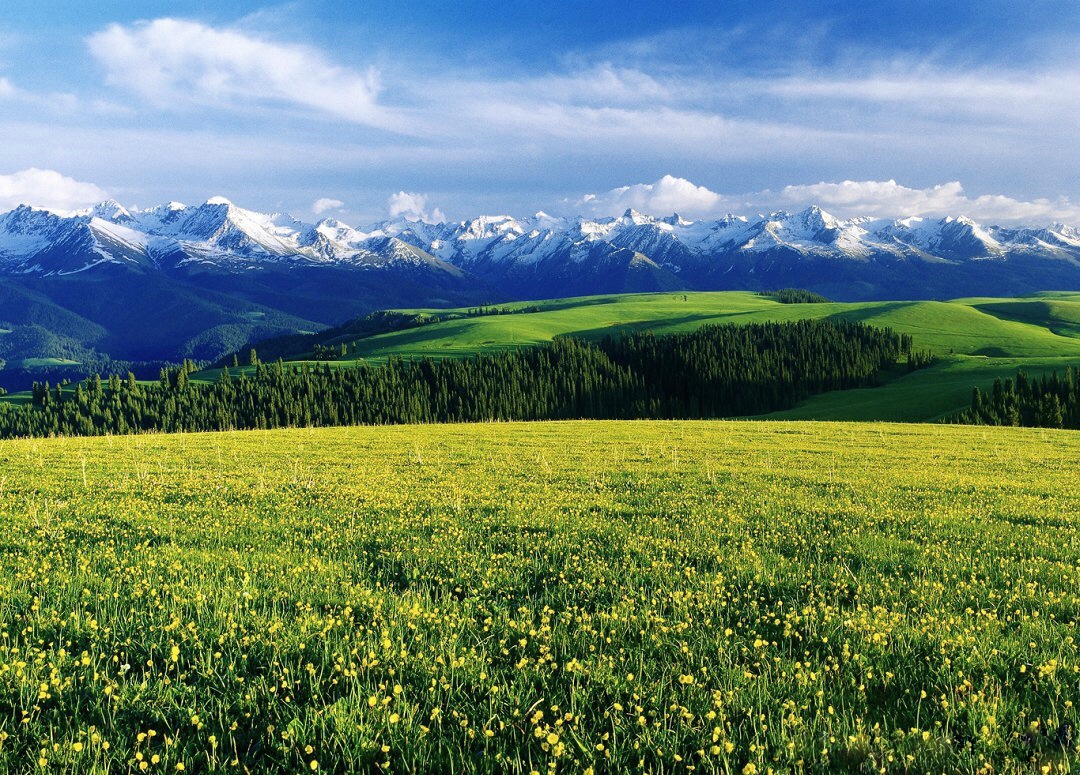
East Kalajun
The east Kalajun area lies deeper in the mountains and is the place where the essential beauty of the prairie is. Snow-capped peaks and canyons in East Kalajun are in stark contrast to the forests and grasslands. The grasslands and shrubs form an unparalleled artistic pattern, at sunrise and sunset, with distinct gradations and blooming flowers. Such natural sights are rare in the rest of the world, which makes East Kalajun one of the iconic landmarks of Xinjiang Tianshan Mountains.
The most famous scenic spots are Wu Hua Cao Dian (five-flower meadow), Xian Hua Tai (flower field), Kuerdai Grand Canyon, a 3-level plantation viewpoint and Lie Ying Tai (falcon field) viewpoint. With snow mountains, grasslands, forests and canyons, the scenery is diverse and beautiful there. Among them, Wu Hua Cao Dian and Xian Hua Tai are the spots you should not miss. The former is an open meadow with colorful wildflowers blooming all summer season and the latter is the place where you will be able to take amazing photos of the spectacular snow-capped mountains behind the grasslands.
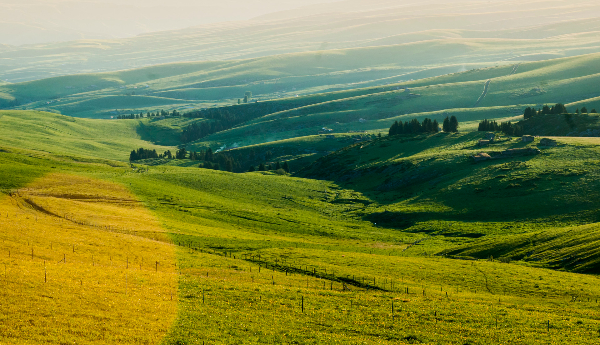
West Kalajun
The grasslands ecosystem in West Kalajun is well preserved, and the natural landscape and cultural landscape continue as they once were; a rare occurrence in present-day China. The landscape consists of grasslands, snow-capped peaks and river valleys, with local horse culture at peak during spring and summer. Not only is the beautiful grassland scenery of Xinjiang Tianshan Mountains enjoyable, but a ride on a strong trekking horse is also possible.

Koksu Grand Canyon
The Koksu Grand Canyon landscape consists mainly of canyon landform, water landscape and alpine meadows. It has a combination of high-mountain lakes, snowcapped-peaks, vegetation, bold cliffs, ravine streams and rare rocks.
The Heavenly Forest is primitive, quiet and inaccessible, with dense forests. The canyons are full of ravine streams, small-leaf trees and shrubs. Half way up, the mountain gets covered with clouds and tall trees. From the top of the mountain you can see the Asusai meadow, which looks like a green carpet extending to the foot of the Asusai Snowcapped Peak. The meadow is a good place for hiking, horse riding, and outdoor camping for adventurers.

Best time to visit
In the summer, the Kalajun Scenic Spot is no doubt at its most gorgeous, with blooming flowers in the meadows, a beautiful falcon-hunting terrace, the magnificent Koksu Grand Canyon, the Green Wave Valley which has layers of tender green pasture, and the surrounding mountains winding roads. The white yurts are surrounded by flocks of sheep, goats, cattle and horses. The smoke from kitchen chimneys curls upwards, while lambs, calves and foals run about nearby. Taking a walk in such a wonderful place is both relaxing and refreshing.
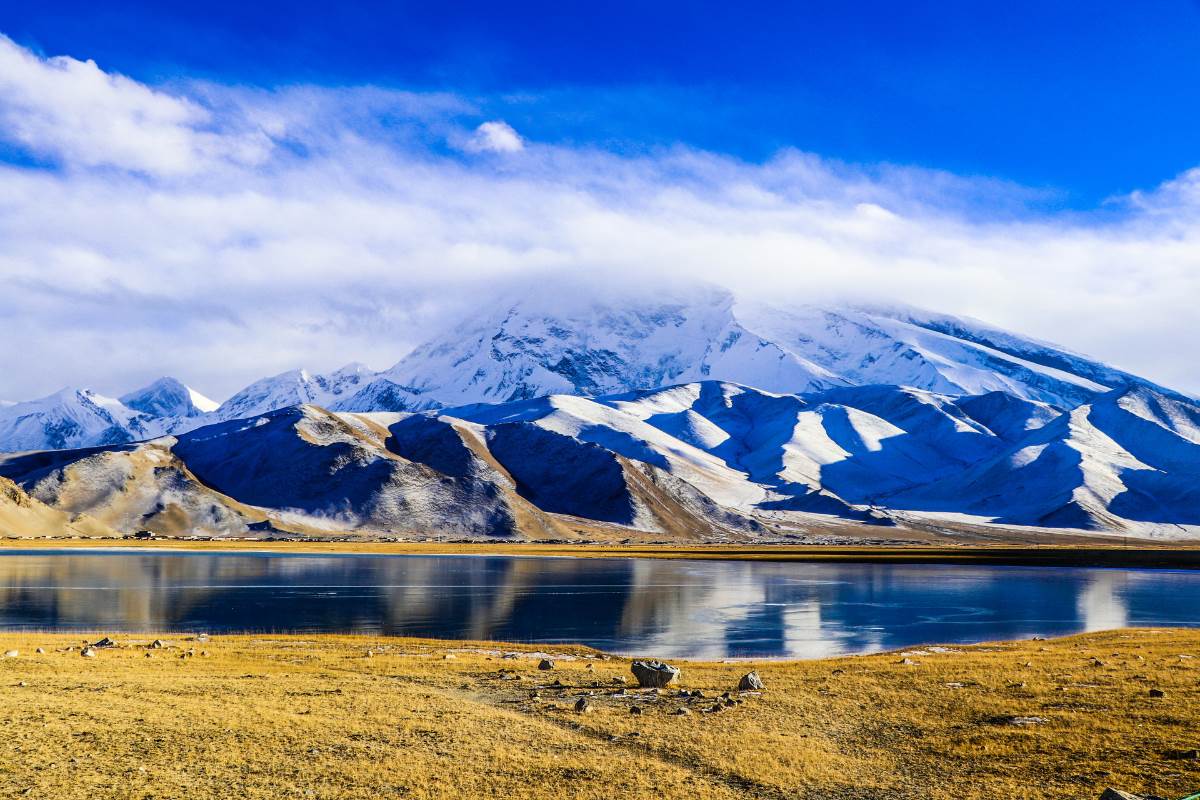
- $2280.00
- 12D11N DAYS
01. A historical relicss of the ancient silk road tour in south Xinjiang, Experience a bazaar that has existed for centuries on the Silk Road, enjoy kebabs in the night market while Uyghur music and dance videos blare from the vendors, explo…
Read More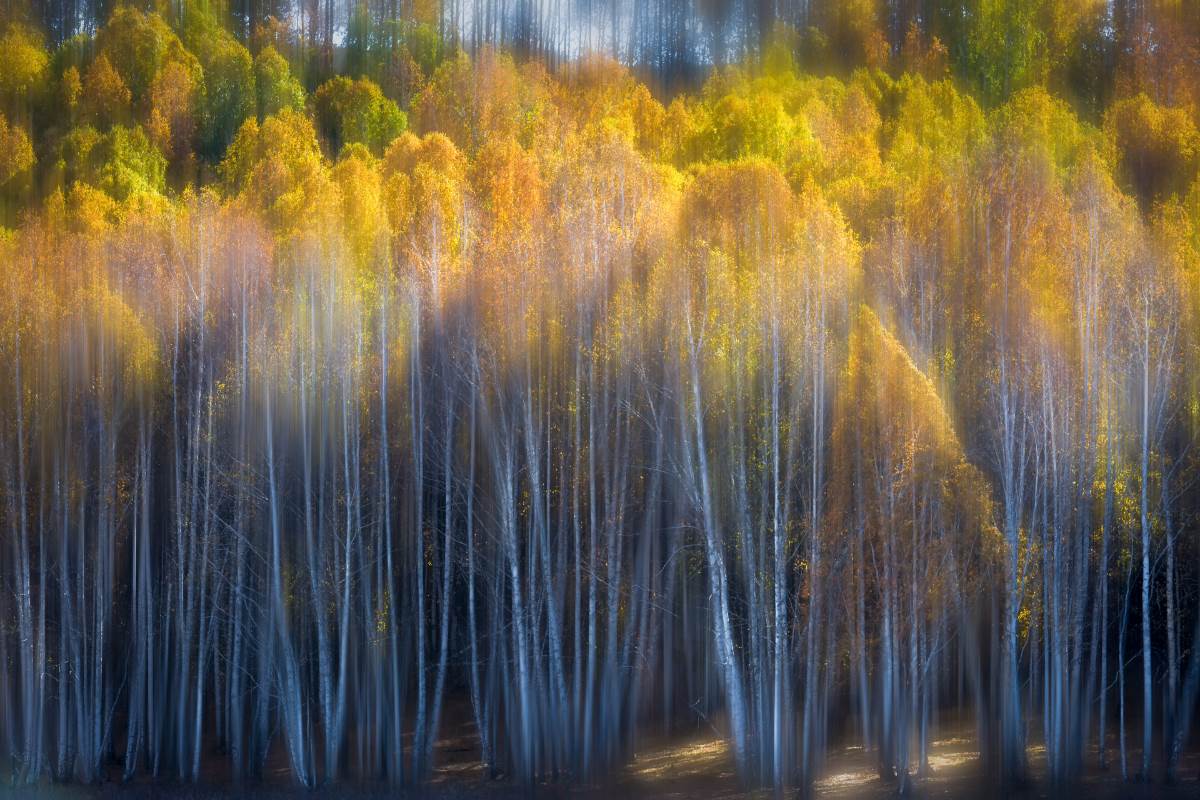
- $1380.00
- 10D9N DAYS
01. Enjoy the beautiful and mysterious Kanas Lake, a heavenly oasis in Xinjiang desert,famous as the “Oriental Switzerland” and the paradise of photographers; The "treasure Light" integrates with the beautiful Kanas Lake view, th…
Read More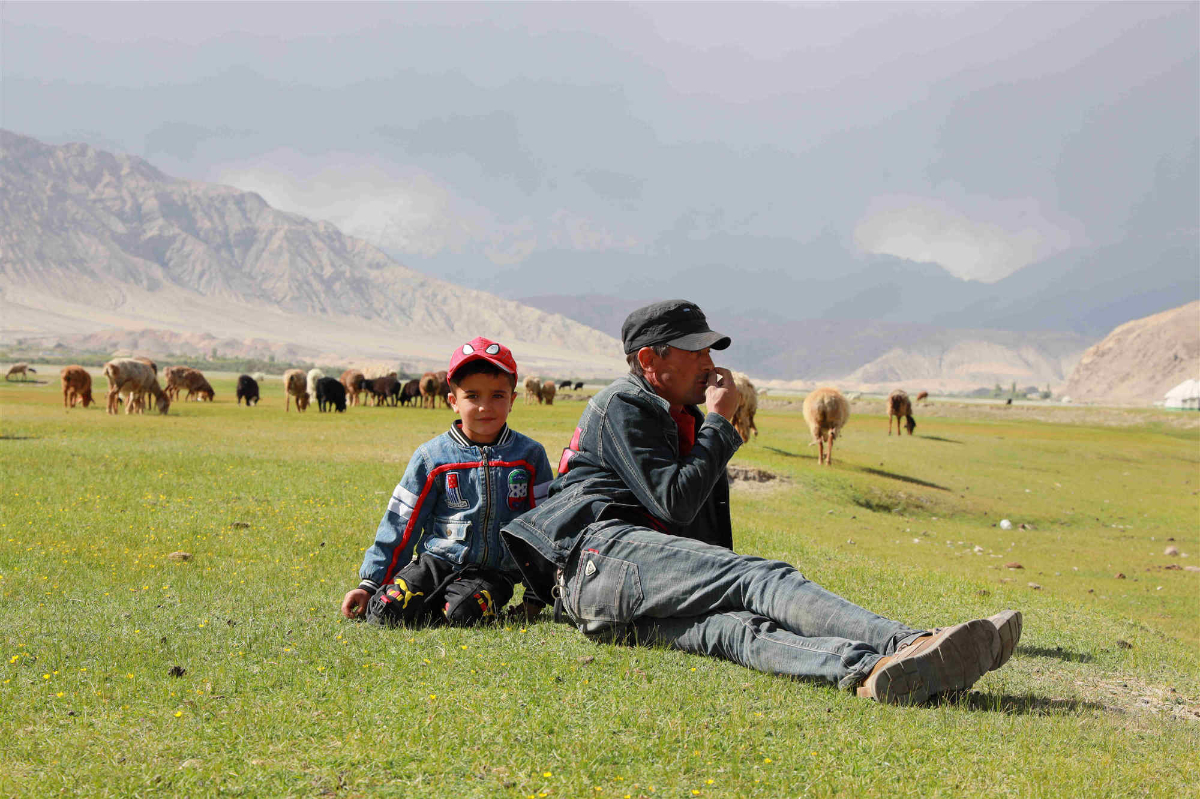
- $USD868.00
- 7D6N DAYS
01. A historical relicss of the ancient silk road tour in south Xinjiang, Exploring the hub connecting China to Central Asian countries, stroll around the Old Town, to explore the special culture of local people in Kashgar. Experience a baza…
Read More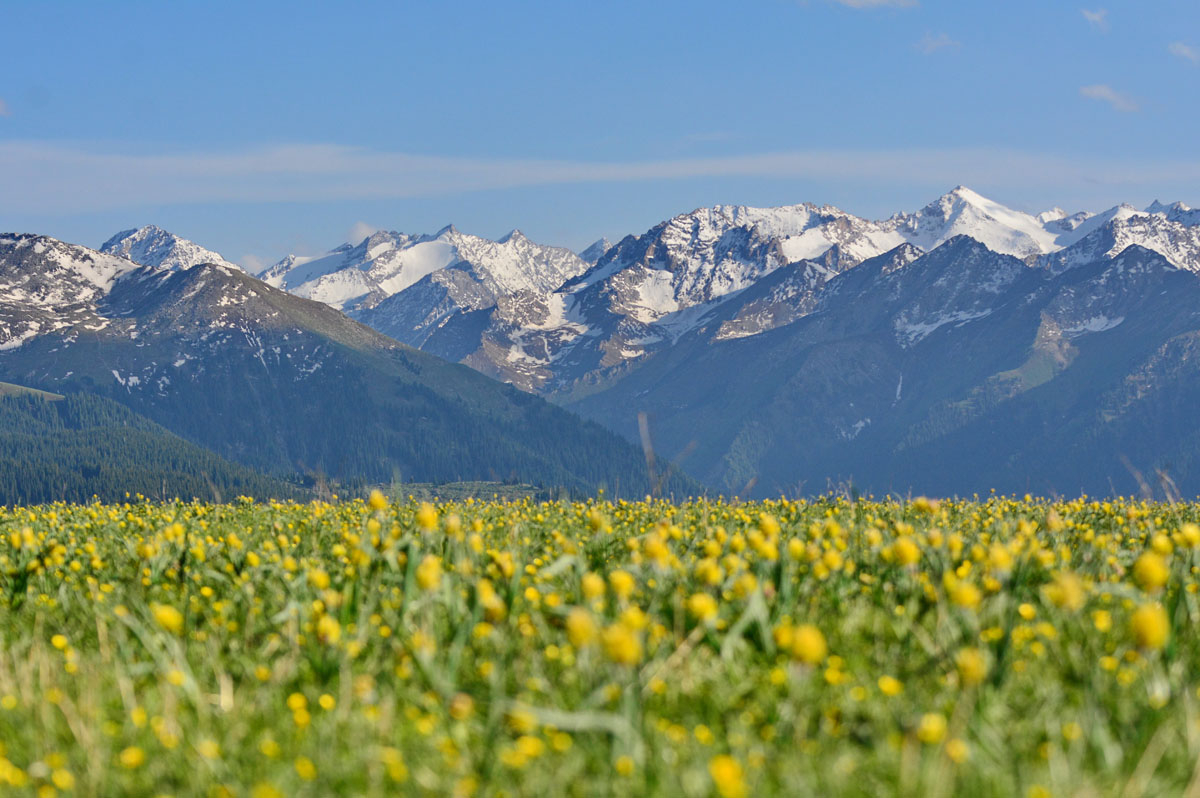
- $1658.00
- 12D11N DAYS
01. A tour travel deep into remote Xinjiang grasslands in the best time, including Sayram lake, Xiata Grand Canyon, Kalajun Pasture, Nalati Grassland, Bayanbuluk, winding river, large flat valley, towering and steep mountain peaks, dense fo…
Read More